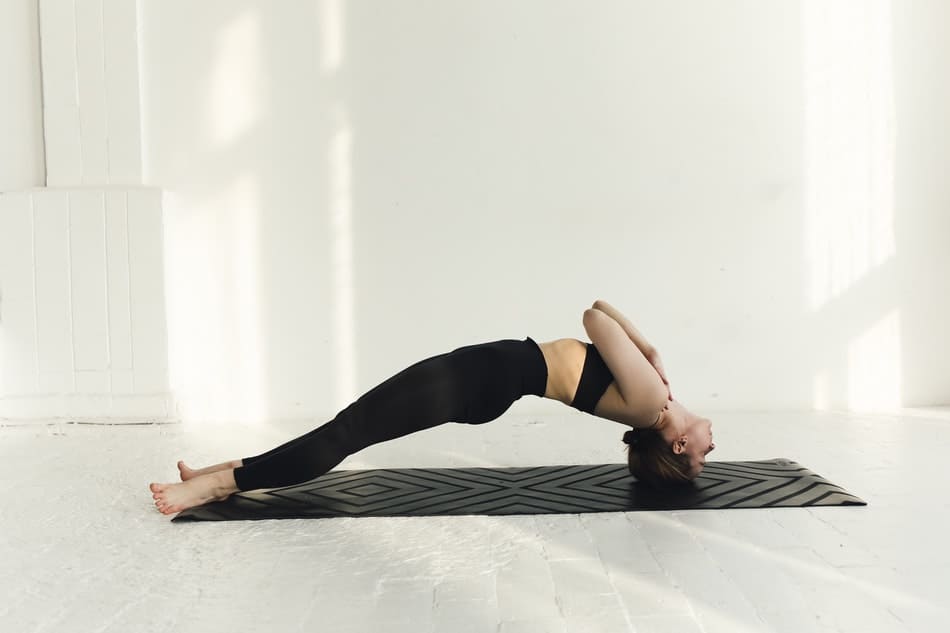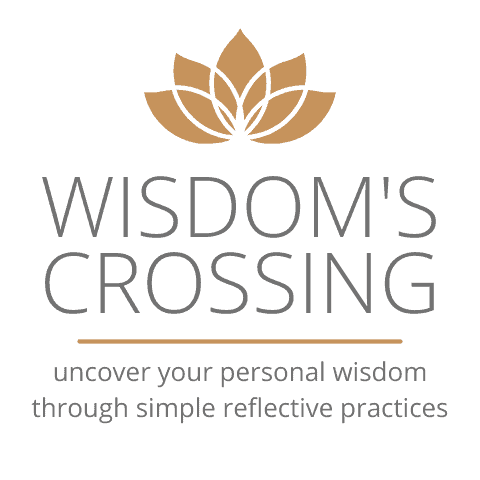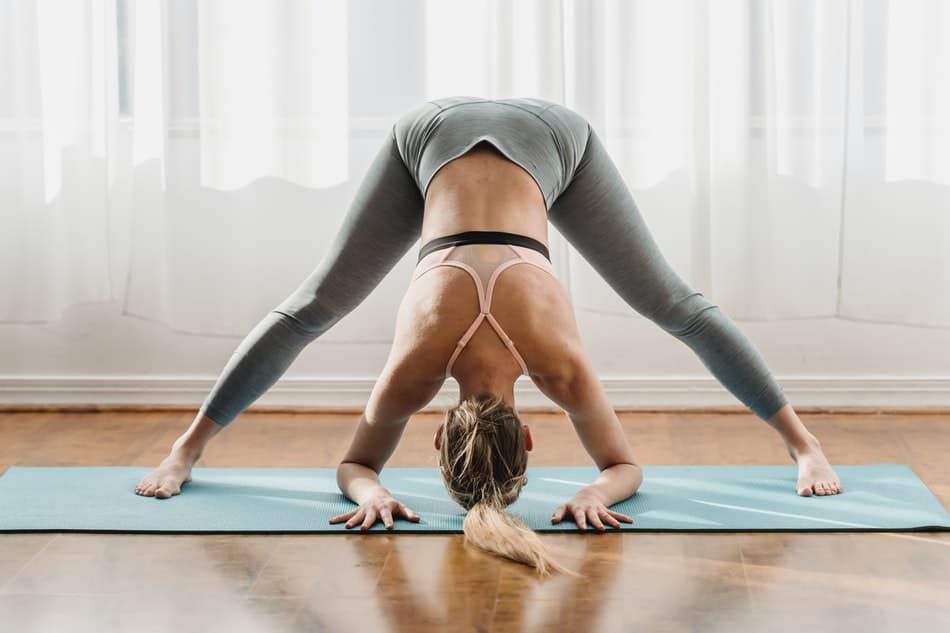What is slow flow yoga? You’d find out as you read on. If you’re looking for more relaxing and calming yoga practice, the slow flow might be the type of yoga for you. This type of yoga can be beneficial for all levels of students, from beginners to experienced yogis. In this article, I will discuss what slow flow yoga is, and some of the benefits associated with it.
Slow flow yoga is a type of vinyasa yoga, which means that poses are linked together by the breath. The pace is slower than in traditional vinyasa classes, and the emphasis is on quality over quantity of movement.
What Exactly Is Slow Flow Yoga?
Slow flow yoga is a type of vinyasa yoga that emphasizes long holds, slow movements, and controlled breath. It’s the perfect type of yoga for beginners or anyone who wants to focus on alignment and relaxation. In a slow flow class, you’ll hold each pose for several breaths before moving on to the next one. This allows you to sink into the posture and connect with your body. The slower pace also gives you time to focus on your breath and find a deep sense of calm.
The Benefits Of Slow Flow Yoga
Slow Flow Yoga is a type of yoga that emphasizes smooth and controlled movements. The pace of Slow Flow Yoga is slower than other types of yoga, such as power yoga or vinyasa flow.

There are several benefits to practicing Slow Flow Yoga:
- Slow Flow Yoga helps to improve both strength and flexibility. The slow and controlled movements help to build muscle endurance while lengthening the muscles. This type of yoga is also beneficial for those who are looking to increase their range of motion.
- Improved joint stability is another benefit of Slow Flow Yoga. The slow and controlled movements help to strengthen the stabilizing muscles around the joints. This can help to prevent injuries and improve overall joint health.
- Better posture is another benefit of Slow Flow Yoga. The slow and controlled movements help to lengthen the muscles and improve muscle balance. This can lead to better alignment and improved posture both on and off the mat.
- Improved breathing is another benefit of Slow Flow Yoga. The slow and controlled movements help to focus on the breath, which can lead to deeper and more efficient breathing. This can also help to reduce stress levels both on and off the mat.
- Reduced stress levels are perhaps one of the most important benefits of Slow Flow Yoga. The slow and controlled movements help to promote relaxation and reduce stress. This can lead to improved sleep, increased energy levels, and reduced anxiety.
So, if you’re looking for more relaxing and calm yoga practice, slow flow yoga might be the right type of yoga for you. Give it a try and see how you feel! You just might be surprised by the benefits that slow-flow yoga has to offer.

How to Do Slow Flow Yoga
Slow flow yoga is a great way to relax and de-stress. It is a slower-paced form of yoga that focuses on mindfulness and breathwork. Here are some tips on how to do slow flow yoga:
- Find a comfortable place to practice. You can use a yoga mat, blanket, or towel. If you’re new to yoga, it might be helpful to practice in front of a mirror so you can see your alignment.
- Start by focusing on your breath. Inhale and exhale slowly and deeply. As you breathe, focus your attention on your body and how it feels.
- Begin practicing some basic poses. Start with easy poses like the mountain pose or child’s pose. As you become more comfortable with the poses, you can move on to more challenging poses.
- Focus on your breath and movement. As you flow from one pose to the next, pay attention to your breath. Inhale and exhale deeply and slowly. Move mindfully and with intention.
- End with a relaxation pose. After you’ve finished practicing the poses, end with a relaxation pose like a corpse pose. Stay in the pose for several minutes and focus on your breathing. When you’re ready, slowly open your eyes and sit up.
Who Is It For?
Slow flow yoga is the perfect type of yoga for those who want to find a balance between a more challenging practice and a relaxing one. It’s also ideal for beginners who are just starting on their yoga journey. If you’re looking for a way to reduce stress, increase flexibility, and improve your overall health, slow-flow yoga is worth considering.
One of the best things about slow flow yoga is that it’s suitable for all levels of students. Whether you’re a beginner or an experienced yogi, you can find poses and sequences that suit your needs and abilities. Slow flow yoga classes often focus on breath work and mindfulness, which can help to calm the mind and relax the body. This type of yoga is also great for improving flexibility and strengthening the muscles.
Slow flow yoga is also a great way to connect with other people who are interested in yoga and mindfulness. In a slow-flow class, you’ll likely have the opportunity to meet other students and get to know them better. This can help create a sense of community and support, which can be extremely beneficial when it comes to managing stress. If you’re looking for an activity that will help you relax, feel good, and meet new people, slow-flow yoga is worth considering.
Can I Do Slow Flow Yoga As A Beginner?
The simple answer is yes! Slow flow yoga is a great way for beginners to ease into a yoga practice. The slower pace will give you time to learn the poses and get comfortable with the breathwork. As you progress in your practice, you can add in more challenging poses and flows.
If you’re new to yoga, I recommend checking out some slow-flow classes at your local studio. Or, if you’re feeling ambitious, you can try following along with a slow-flow YouTube video at home. Just be sure to listen to your body and take breaks when you need them.
Bottom Line
Slow flow yoga is a great way to relax and de-stress. It is also a great workout for beginners. If you are looking for a new workout routine, give slow-flow yoga a try! You won’t be disappointed.
What are your thoughts on slow-flow yoga? Have you tried it before? Let me know in the comments below! Thanks for reading! Namaste. 🙂
Related Articles

